Chicago’s Greatest New Year’s Day Tradition Is a Car Rally Scavenger Hunt
Every New Years Day since 1955, a Chicago car club has hosted a scavenger hunt about finding the city’s secrets.
On New Year’s Day, if you pass by the parking lot of Chicago’s Adler Planetarium around 11 o’clock in the morning, you’ll come across a surprising collection of cars and drivers readying themselves to run a very unusual rally. In years past, the gathered machines have included rare sports cars, a 1961 Cadillac hearse, and a school bus—everything from Ferraris and Maseratis to absolutely average cars.
At noon, every car registered for the rally will be given a sheet with anywhere from 30 to 100 places to try to visit over the next three hours. This is the Heroes’ Happy Holiday Hangover Hassle.
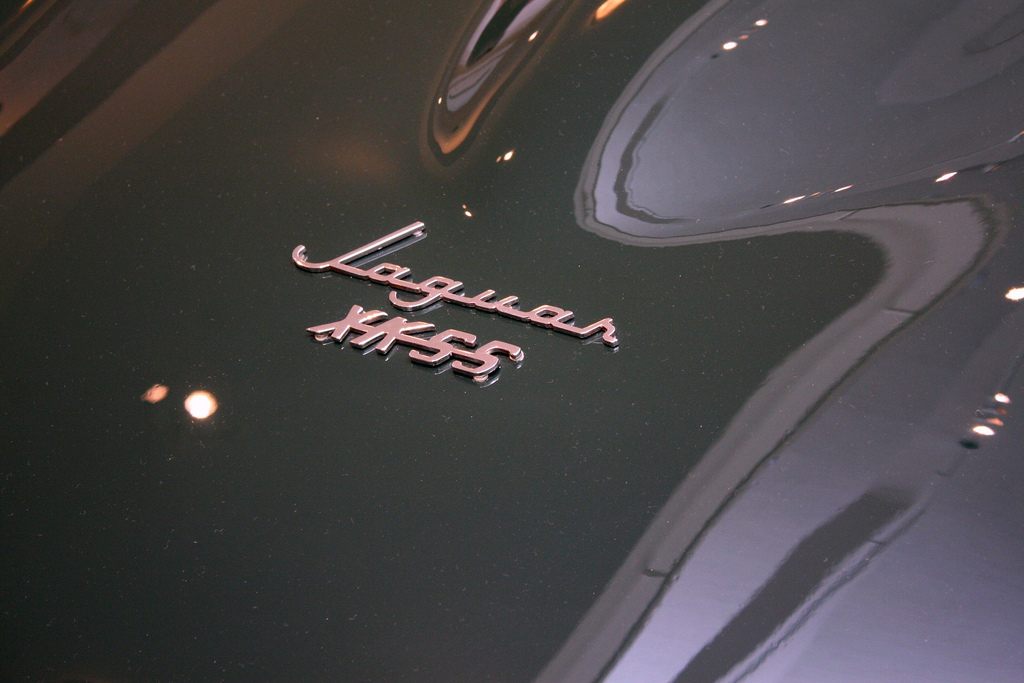
Started in 1955 by a group of sports cars enthusiasts, the Holiday Hangover Hassle has been run every year since; the guardians of this tradition believe it is the second oldest continuously run car rally in the United States. But it is no ordinary race—in 1961 a magazine for car rally enthusiasts described it as “an event we can’t really call a rally.”
Part scavenger hunt, part reunion, it is a madcap love letter to Chicago and the pleasures of spending a few hours exploring the city. What makes the rally great, says Paul Brian, 65, who ran his first Holiday Hangover Hassle at 15, is “the creativity of each rallymaster in finding some element of the city to focus on,” whether that’s used car lots, terracotta architecture, extinct breweries or funeral homes.
Also, almost no one is trying to come in first: the winner is responsible for producing the event the next year. “No one ever wants to win this event,” says Brian. “The sweet spot is to come in second place.”
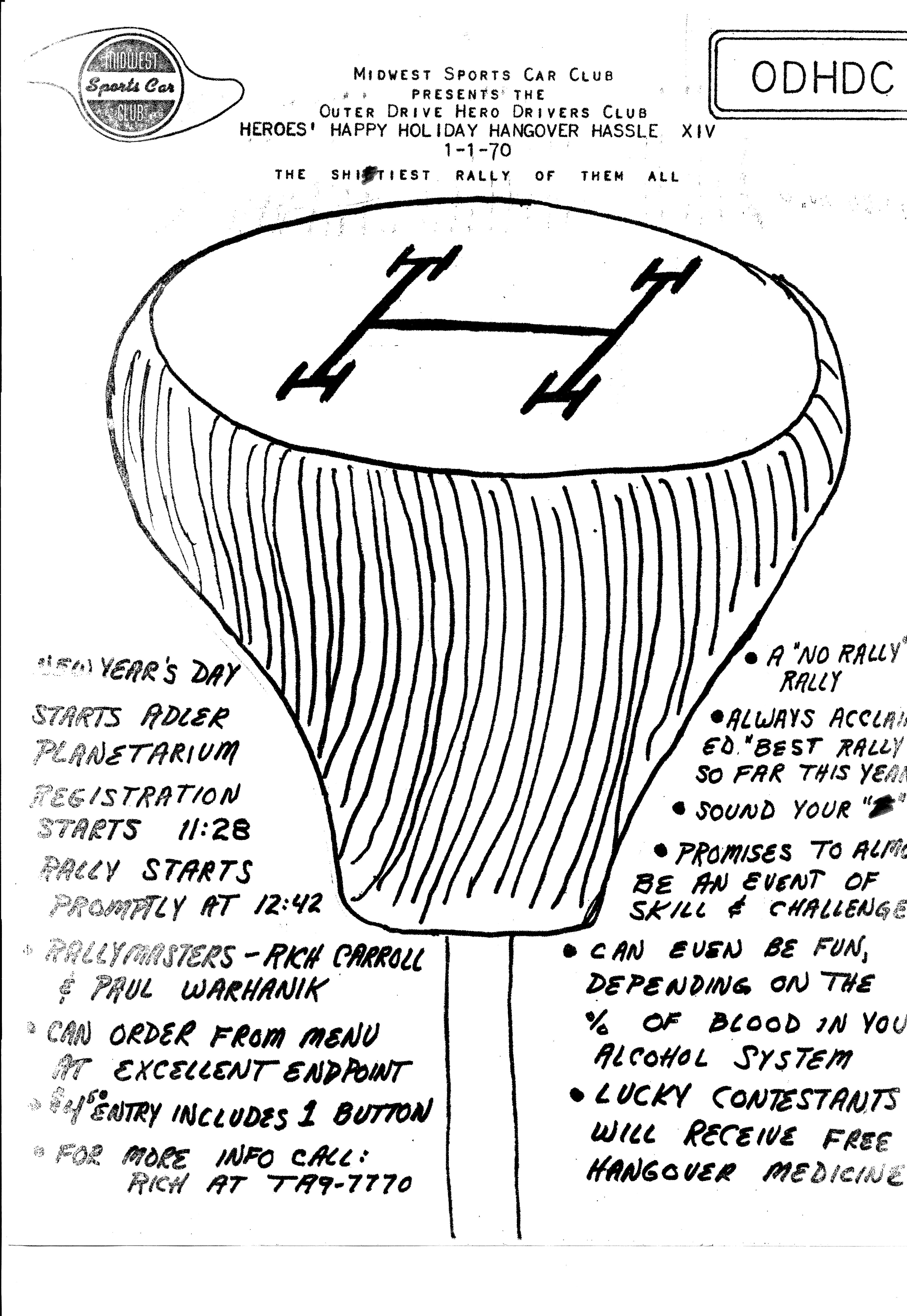
The origins of the Heroes’ Happy Holiday Hangover Hassle are somewhat shrouded. It’s clear that it was created by the members of the cheekily named Outer Drive Hero Drivers Club, sports car owners living in Chicago’s north suburbs, whose route into the city was down Lake Shore Drive, on the edge of Lake Michigan. It is also clear the event started in 1955.
Beyond that, the details are indefinite. Even in 1961, as the Rallye Route reported, “We did quite a bit of research on this and were unable to verify any of the facts, including the names of founders. Actually, we got as many versions as people we talked to.”
Brian’s version of the story is that, in an early iteration, club members would race through a very dangerous Lake Shore Drive S-curve to see who could make it the fastest—until someone thought that perhaps a different (and safer) format would be advisable. In the 1970s, Brian and another rally stalwart, Rich Carroll, won the event and, when it was their turn to design the rally, they decided to turn it into a scavenger hunt.

“We spent a day or two doing everything we could to find odd, interesting, arcane, sometimes byzantine pieces of information about the city, and everybody had to bring them back,” says Brian.
For four decades or so, that’s more or less how the rally has worked. As a general rule, the task of participants has been to drive around the city, on no predetermined route, to visit certain places and answer questions about them. There’s usually a theme, like railroads or Chicago public library facilities. “Honorary Mention” was designed around honorary names given to streets and sections of the city by aldermen; 2003’s terracotta buildings theme is a fan favorite.

Answering the questions means getting points. Usually these are very specific and narrow questions that can only be answered if you’ve physically visited the place; sometimes they are not. (For example: “Make up a question. Answer it.”)
Some years there has been a system of envelopes that need to be opened at particular points or in a particular order. Sometimes there is also a list of objects that participants can collect for additional points. In 1979, when the theme was “Is the Pope Polish?,” that list included a Polish/English dictionary, a Polish postage stamp, a picture of John Paul I, a business card from any Polish church official, and one can of Polish beer. In 1985, the list included a White Castle hamburger, a bus transfer, and a floppy disk.

There is a fair bit of wiggle room in answering the questions—or winning at all. “Everyday cheating is not going to help you at all,” says Carroll. “Creative cheating is encouraged.”
One year a group opened the wrong envelope, which automatically ended their race—so they bought a new one and pretended nothing had gone wrong. They ended up in the top 10. One year Carroll and Brian asked people to bring in a “Buffalo Box cover,” part of a piece of infrastructure used to control the water supply in a building.
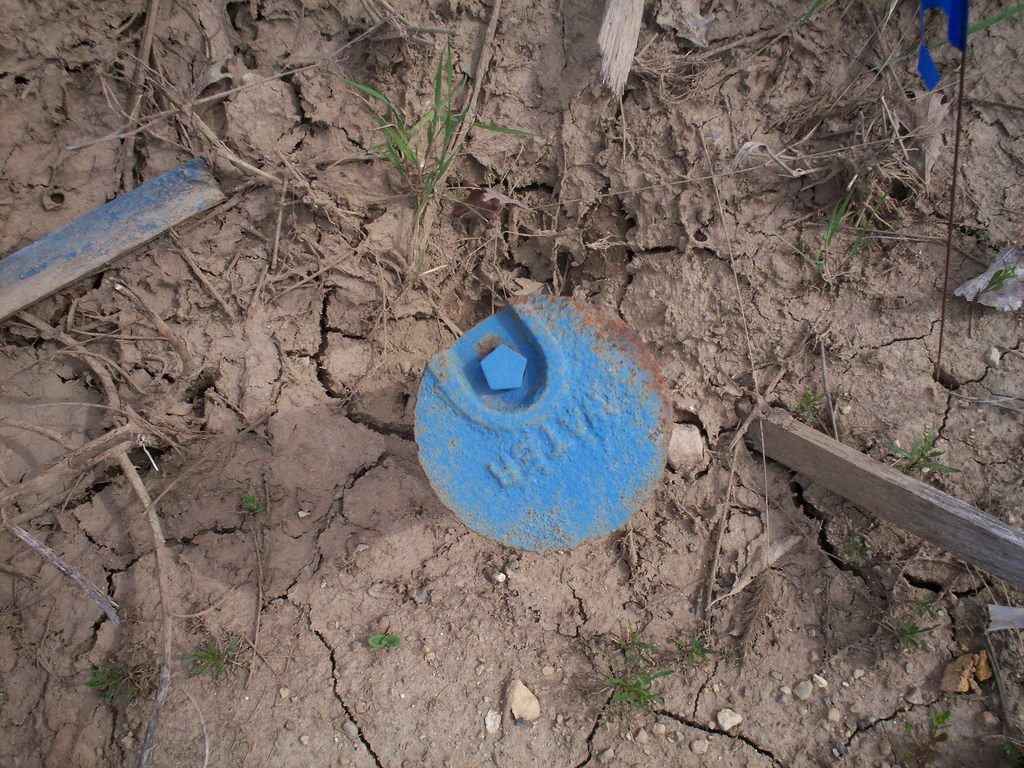
They got a manhole cover and a fake mustache that was said to have belonged to a buffalo. Both received points. (However, last year’s instructions noted: “A buffalo box cover is NOT a manhole cover. Please do not remove any manhole covers during the event.”)
One year, Brian won without showing up—he had been living in Dallas and couldn’t make it, so he was declared the winner and told he had to design the course the next year.
There is also a special reward for finishing in the top three—a trophy featuring a monkey wearing a helmet and goggles, and trying to fix a broken sports car.
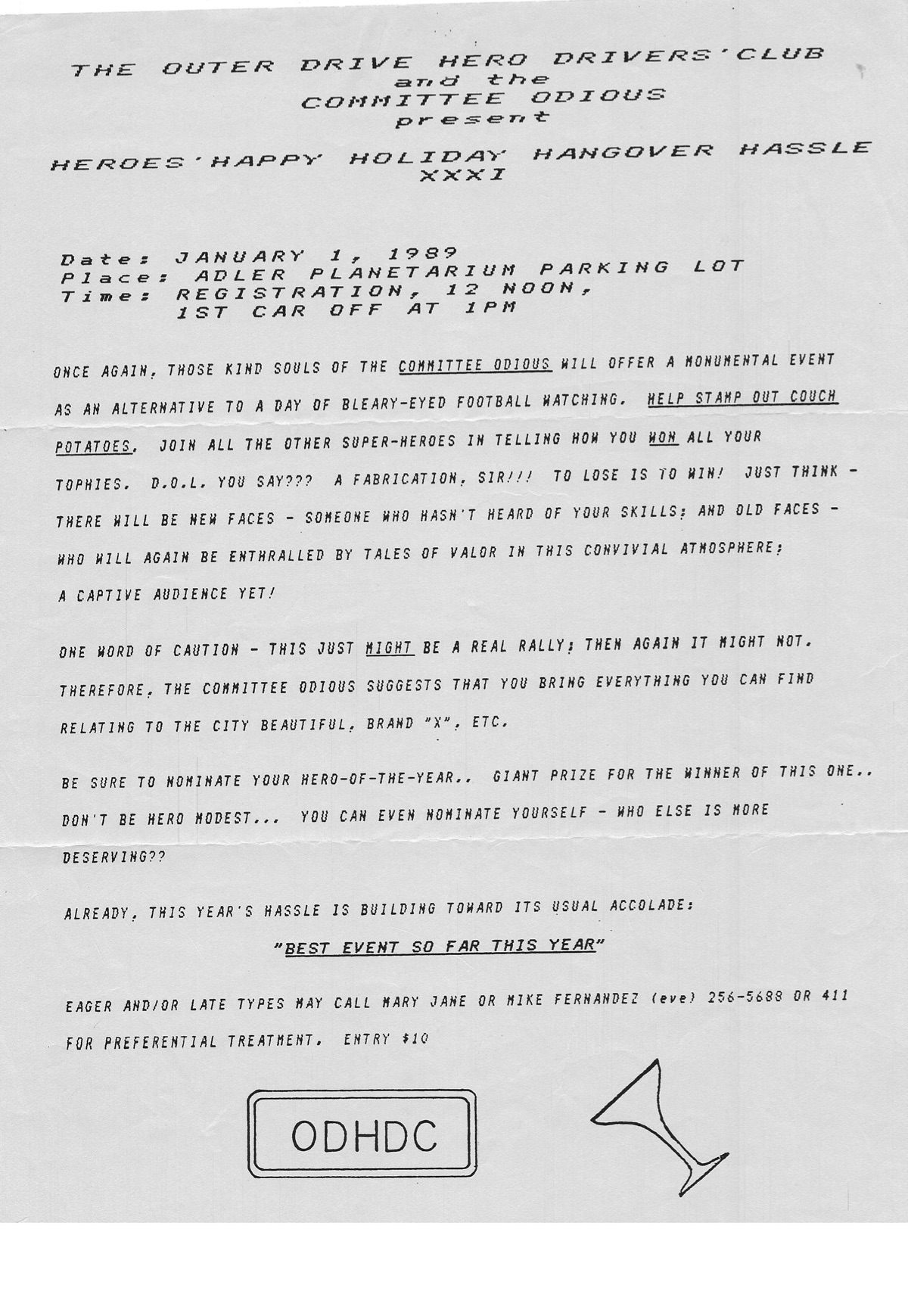
One of the greatest pleasure of the Holiday Hangover Hassle, though, is seeing the same friends year after year. It’s become a generational event, with the kids of long-time participants starting their own winning teams.
The barrier to entry is low—just show up with a car at the Adler Planetarium parking lot on New Year’s Day. “Everyone should come,” says Brian. “Anybody who comes is going to be warmly welcomed as a fellow traveler in a very strange world.”
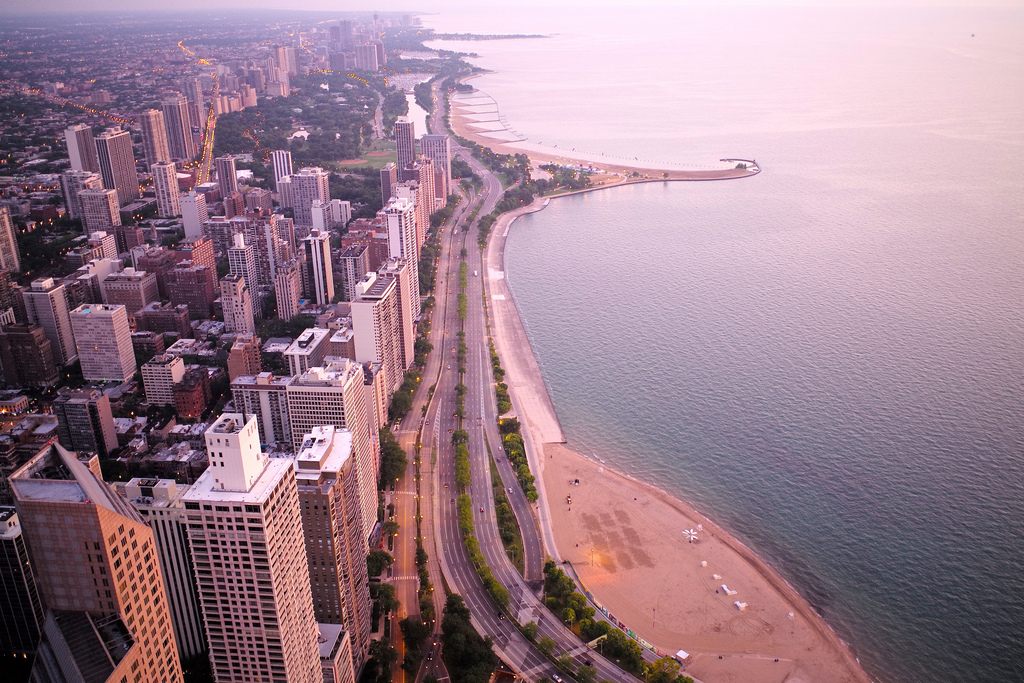











Follow us on Twitter to get the latest on the world's hidden wonders.
Like us on Facebook to get the latest on the world's hidden wonders.
Follow us on Twitter Like us on Facebook